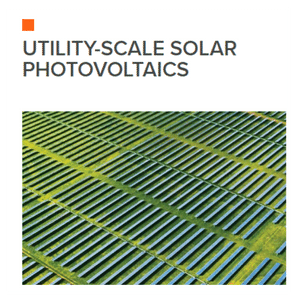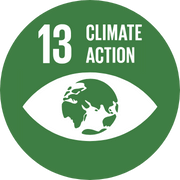Sustainable solar energy in Egypt
Project details
Benban Solar Park
EPC : TSK | Enviromena
Scope: Civil, Electrical, Mechanical works
No. of Plots: 4
Projects: AEES, HORUS, DELTA, ATEN
Scope Capacity Size: 256 MWp
This project has been verified by the Verified Carbon Standard.

Project location
The site is located in Benban (Aswan Governorate) in the western desert, approximately 650 km south of Cairo and 40 km northwest of Aswan. Benban is currently the 4th largest solar power plant in the world.
Benban Solar Park was built on an area of 37 km2. Due to the perfect climate, it has been able to take advantage of the year-round sun that Egypt has to offer, which makes it one of the most efficient solar power plants in the world.
Project objectives
The Benban Solar Park is a grouping of 32 different solar power facilities with a combined 1.65 GW of capacity. When the project is finished in 2019, it will have produced enough electricity to power more than 1.5 million homes in Egypt. The project is also anticipated to cut Egypt’s annual carbon dioxide emissions by more than 2 million tonnes.
By overhauling fossil fuel subsidies almost 20 years ago, Egypt made strides toward reducing its reliance on fossil fuels. Unfortunately, the energy industry is still dominated by oil and gas. Because of this, the construction of solar power plants is a welcome addition to the electrical grid, and the rise in their use over the past few years shows that people are becoming more aware of their amazing powers.
The objective of this project is to generate clean, renewable energy from solar power. The project was developed by a consortium of international companies and was completed in 2019. It is expected to significantly reduce Egypt’s dependence on fossil fuels and help the country meet its renewable energy targets.
Caron redution
The Benban Solar Park is expected to reduce carbon emissions by approximately 2 million metric tons per year, which is equivalent to taking around 425,000 cars off the road. This reduction in carbon emissions is a result of the park’s ability to generate clean, renewable energy from solar power, which does not produce any greenhouse gases during operation. Additionally, the project will help to reduce Egypt’s dependence on fossil fuels, which are a major source of carbon emissions.
Solar photovoltaics
The climate solutions for this project is utility-scale solar photovoltaics. The Utility-Scale Solar Photovoltaics approach of Project Drawdown concentrates on using solar PV systems larger than 10 megawatts to produce power. Traditional electricity-generating methods, such as coal, oil, and natural gas power plants, are replaced by this solution.
Sustainable Development Goals
When allocating our members’ funds, we’re committed to aiding in the Sustainable Development Goals set by the United Nations. Below are the SDGs acknowledged for this project.
💡 Click on the Icon to read follow the progress on each SDG.
Project Photos




























